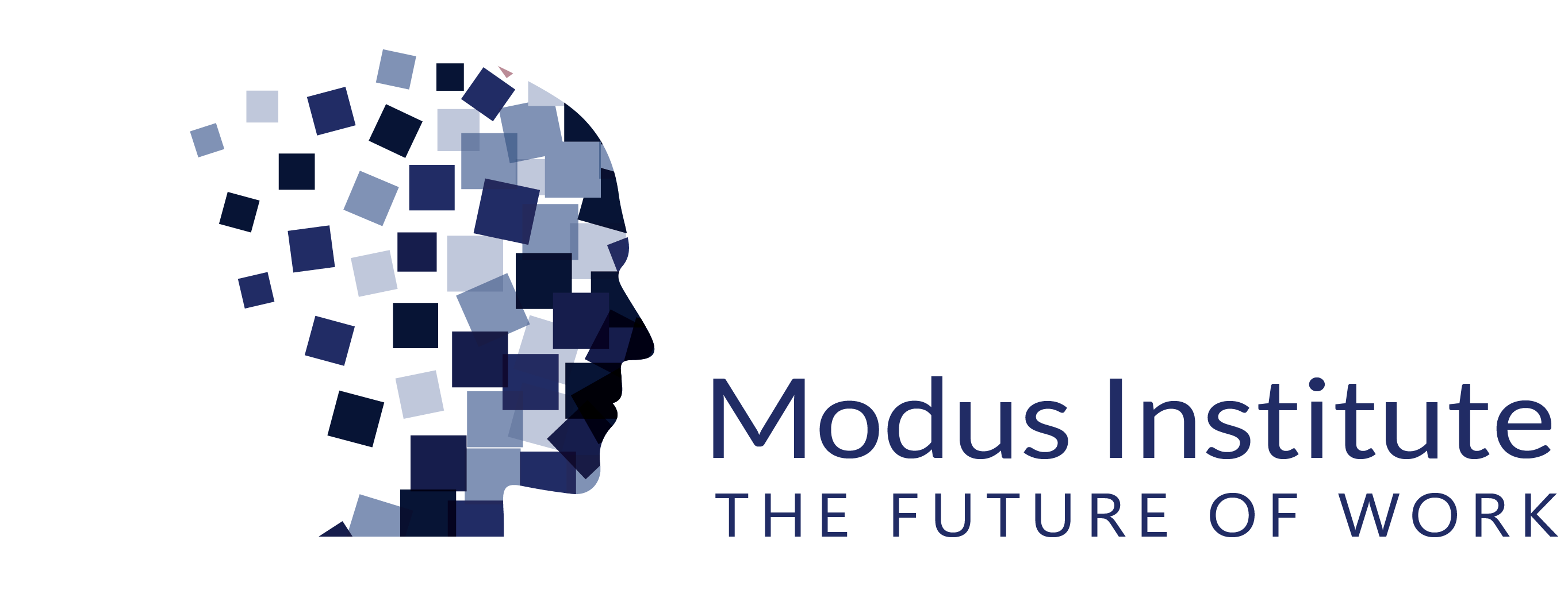It’s a vulnerable thing to put your thoughts down on paper. Whether you’re writing an essay or using Toyota’s A3 process to solve a problem or develop and communicate a strategy at work, it isn’t easy to say what you mean and let reactions follow.
In the case of creating your first A3 (as I coach folks to do), it takes courage to make a case for what you want to do, show how you think you’ll get there, back up your plan with facts, list problems that you see happening or that you’ll likely encounter again if you don’t deal with them, set ambitious goals, and then use the A3 process (based on the scientific method of PDCA, Plan, Do, Check, Act) to methodically, painstakingly problem solve with your colleagues. It’s also revealing. It means making not just your work, but your thinking visible. It shows the limitations of your current thinking, the gaps in your analysis, just how much you don’t know about your business context and/or your plan.
Then again it also shows you how much you do know. The process of writing a clear purpose statement, filling in the background section, writing down the true “current conditions” of a project (without editorializing or glossing over problems or jumping to solutions), and proposing a plan that is sure to change is a generative thing. It’s a way of catching your good thoughts and observations and capturing critical insights that help you and your team get where you need to go. The real fun of course starts when you try to read your A3 backwards to see if it's actually coherent!
If you have a good coach (who stays out of your way and doesn't impose their own thinking on you), creating an A3 also helps you ask better questions. You surprise yourself. You come to see all of the work you’ve done so far (alone and with your colleagues), see your current thinking (so that you can refine it), see the strengths of your analysis, and see new possibilities. You also now have a single sheet of paper you can hand to your colleagues and say, “Here. This is how I am thinking about it. Tell me what I’m missing,” or, “Here’s where I need your support” or "Hey, we learned about this problem months ago and it keeps falling off of our priority list. We need to solve it."
It would be excellent if this were the only hump to get over… putting your ideas and hard-earned knowledge on paper, but it’s not. If you work in an organization (or in the world), you have to deal with very real power structures and hierarchies... some of which make sense, most of which don’t. You have to navigate inequities and harmful leadership behaviors. You have to work with tight timelines, shifting priorities, and unexpected barriers that prevent people from engaging with good plans and ideas. This, too, is the nature of complex systems.
For the parts of this that just have to do with working with uncertainty, not structural inequities and discrimination, we can let this lack of control discourage us or accept it as a fact of working life. And let’s say you create a brilliant A3 that tells a clear story of the work to be done and why it matters to the organization, and it includes a wise, coherent plan… It’s still just a piece of paper. It may help you make your thinking visible, it may make many new things possible—because people can see what you’re trying to do outside of a long presentation or meandering conversation that no one retains—but it doesn’t guarantee anything. Your plan may or may not come into fruition.
You create an A3 not to hold yourself and your colleagues to it; you create one to make your knowledge visible (to yourself first and foremost), think collaboratively with colleagues, put a stake in the ground, name a problem that needs to been solved, and/or make your goals known in a way that helps other people feel included and want to work with you.
What happens next is more likely to be more positive because of your A3, but it’s just a plan. It’s not human beings messily trying to make that plan come to life, botching it and improving it together daily.
As the dancer/choreographer Twyla Tharp wrote in The Creative Habit:
“A plan is like the scaffolding around a building. When you’re putting up the exterior shell, the scaffolding is vital. But once the shell is in place and you start work on the interior, the scaffolding disappears. That’s how I think of planning. It has to be sufficiently thoughtful and solid to get the work up and standing straight, but it cannot take over as you toil away on the interior guts of a piece. Transforming your ideas rarely goes according to plan.
This, to me, is the most interesting paradox of creativity: In order to be habitually creative, you have to know how to prepare to be creative, but good planning alone won’t make your efforts successful; it’s only after you let go of your plans that you can breathe life into your efforts.”
